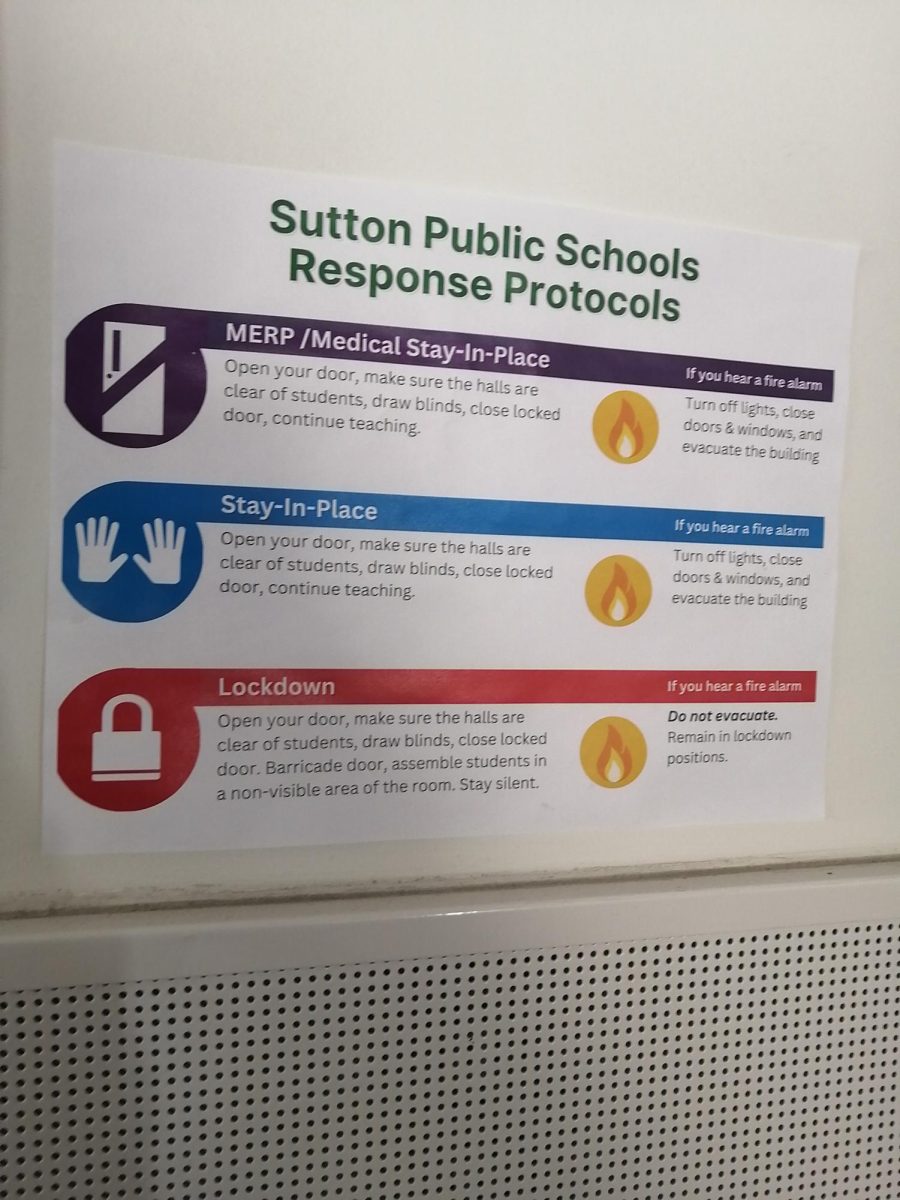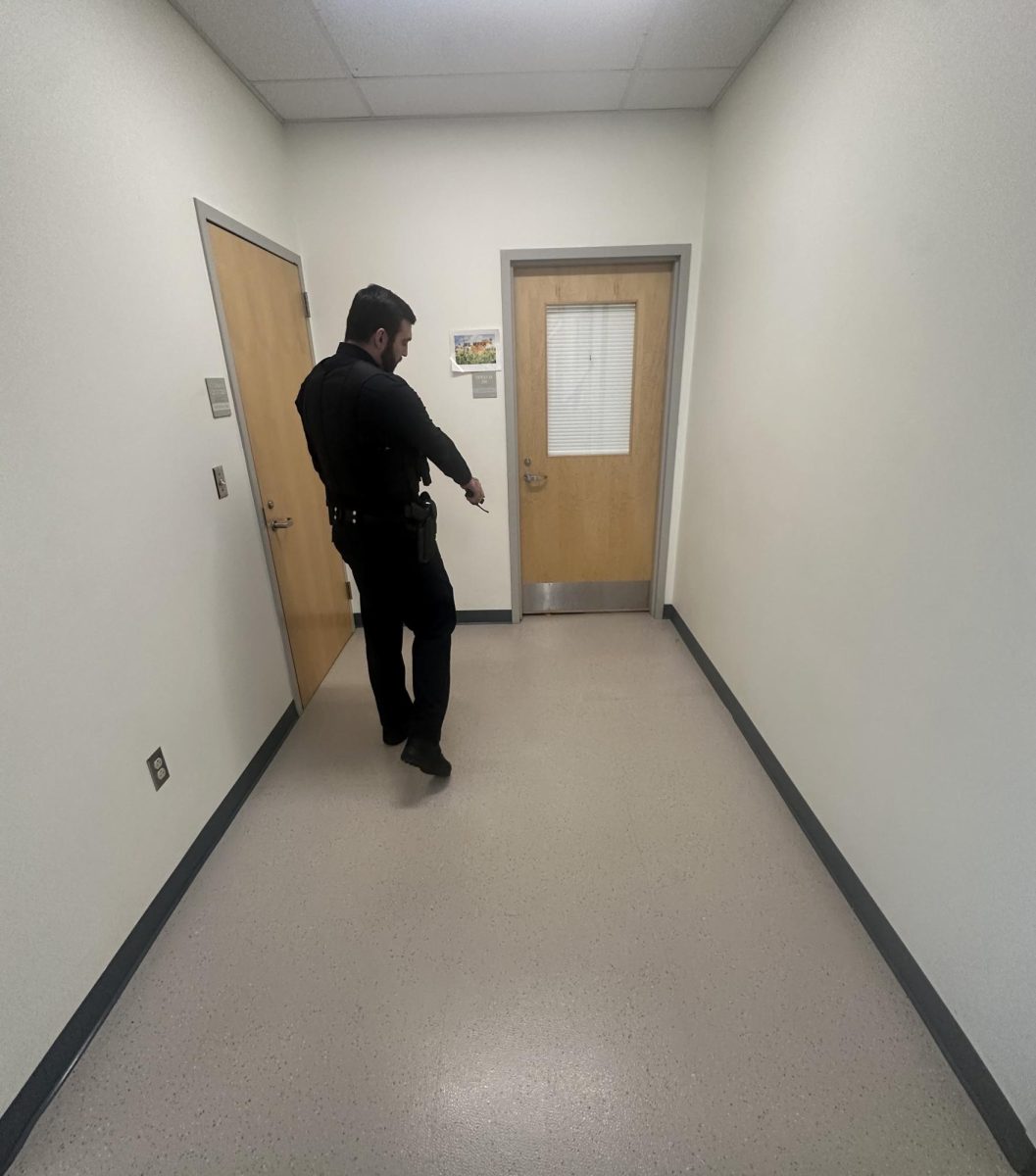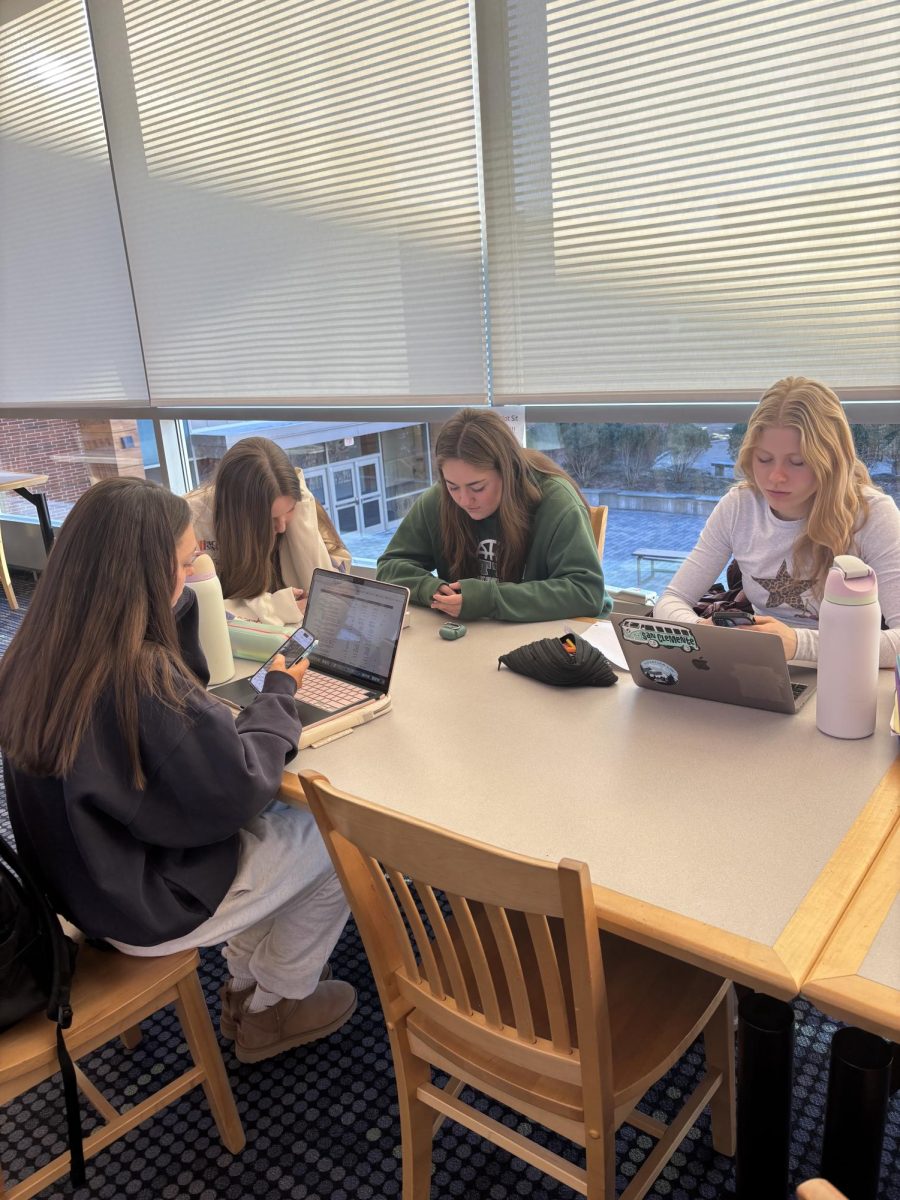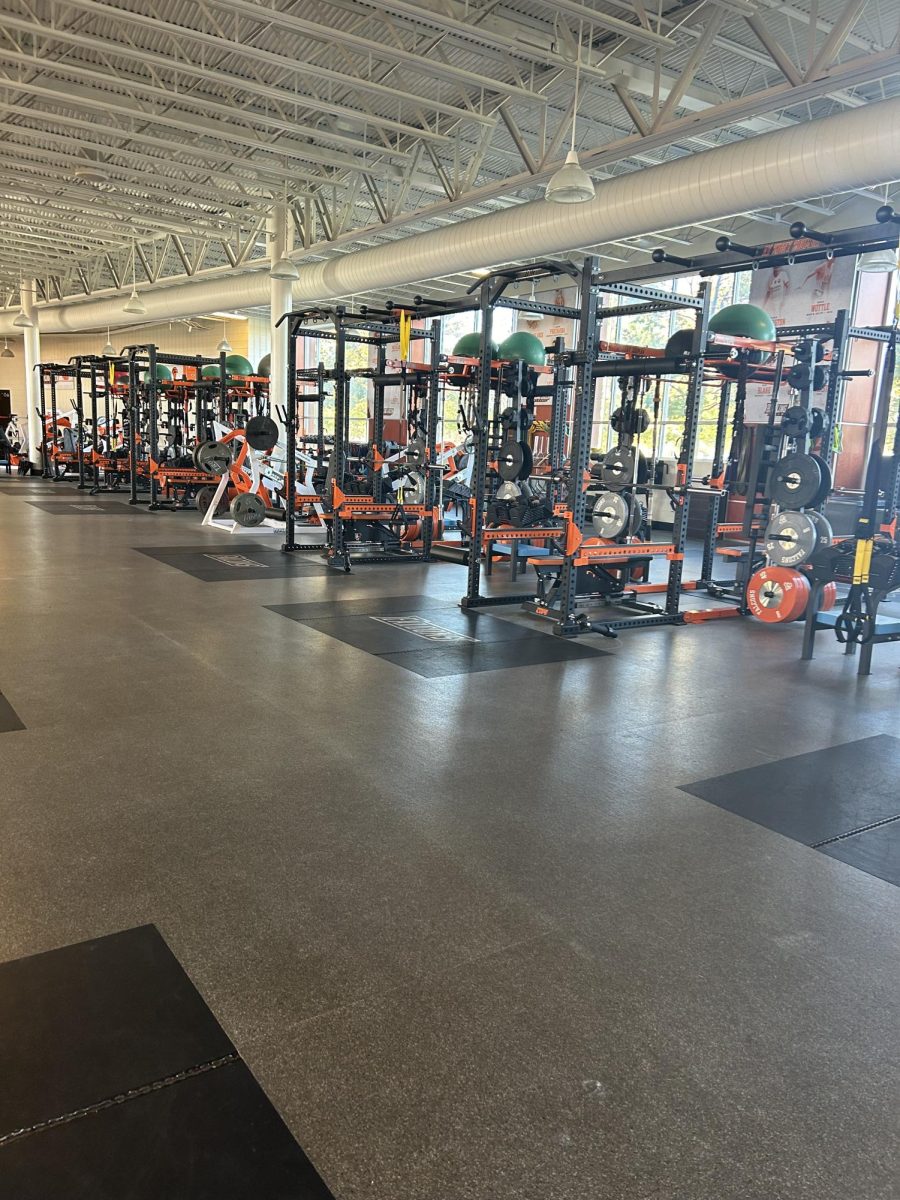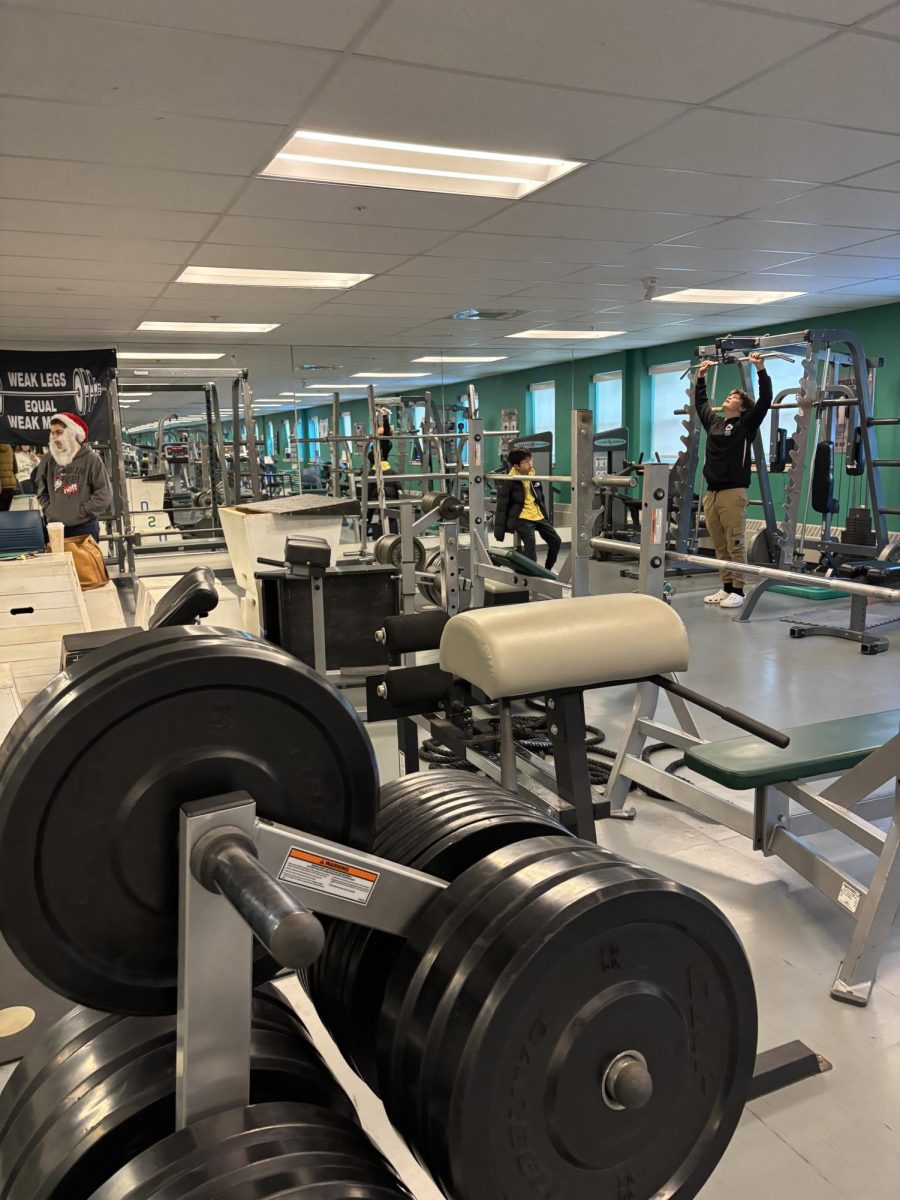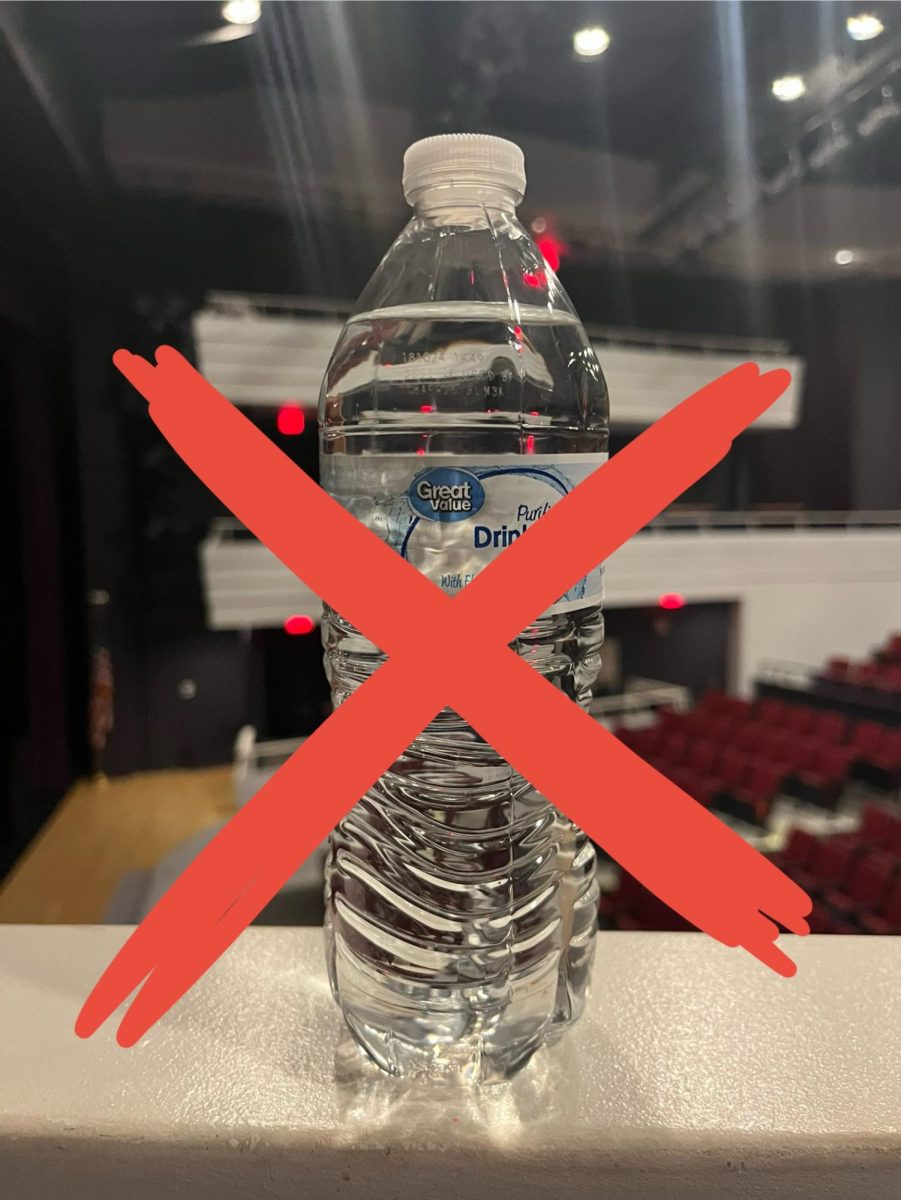How Class Sizes Impact High School Students
Small class sizes need to be brought to the table.
March 30, 2023
The class sizes in high school impact the learning environment and the hard work of students. Not only does it impact students’ learning abilities, but the size of the class can make students more determined to participate.
This is why class size does matter.
Academic performance is critical for many students. In student engagement, studies consistently show the value of small classes. Students are much more likely to interact with the teacher rather than listen passively. If students respect the teacher, then they can begin to have respect for the class material.
Not surprisingly, students can have better relationships with their teachers in smaller classes. They evaluate both their classes and their teachers more positively than their peers in larger classes. Students display less disruptive behavior in small classes, spend less time off-task, or are far more engaged in classwork.
Teachers spend less time on discipline, leaving more time for instruction. There is more focus in a small classroom environment because the teacher is educating a small group of students. Significantly, teachers with small classes can track student learning and differentiate instruction in response to student needs.
Also, it’s important to note that students participate and talk more in small class sizes. Classrooms become more collaborative. In large classes, students tend to interact with people they know. It’s particularly easy for some students to become outsiders.
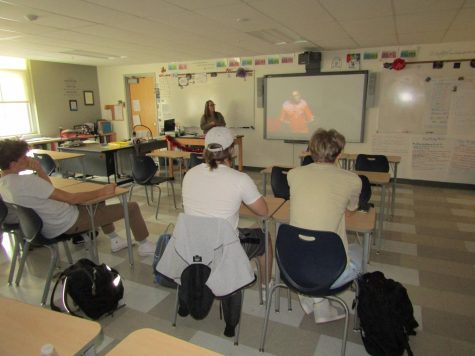
In smaller classes, students can engage directly with each other and form more meaningful relationships, establishing a close-knit group who support and learn from one another. This can make it less likely for a student to fall behind, and when students feel more comfortable with all their peers and their teacher, they’ll likely feel more relaxed and engage more positively in the classroom environment.
There is a very basic graph, from a study by the University of California, which illustrates the test scores between small classes and regular class sizes. Even though it’s simple, it clearly shows the correlation between small vs. large class sizes.
Now let’s look at the other side to mix things up a bit. Students often do better in small classes, but there’s no estimate on exactly how much better small classes are than large class sizes. Northwestern University economist Diane Schanzenbach, states how the impact of smaller classes would depend on many factors, “including whether funds are reduced for other student supports, the quality of the newly hired teachers needed to staff the smaller classes…”
There are costs associated with substantially reducing class sizes. It further requires schools to go on a hiring spree in order to staff the new classrooms – those teachers may not be the perfect fit and less resourceful – which means the benefits of lower class size may be partially counteracted by reductions in teacher quality.
There is a key disadvantage associated with small class sizes. There could be attendance issues that are important to consider. For example, if a classroom has ten students, then a few missing students will make it very difficult for the teacher to continue with planned lessons.
Ultimately, the lack of students in a class makes group projects much harder to implement because there are fewer students to divide into a group, limiting options. Other choices, including classroom activities, may be impossible in small class settings because there are not enough students to engage and participate in those class activities. The lack of students and attendance issues bring a real issue forward when deciding if small class sizes are really the right choice.
I think both sides of the argument are negotiable. There are various pros and cons to implementing smaller class sizes in schools. Small class sizes have their costs, but they definitely have their benefits cut out as well.


